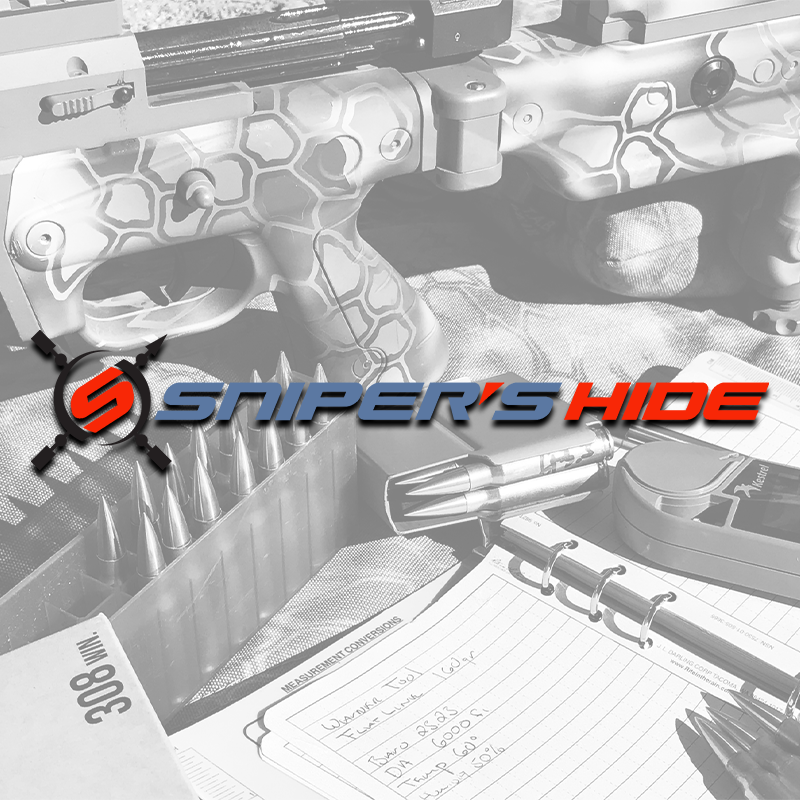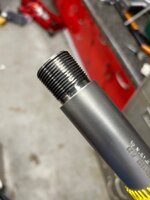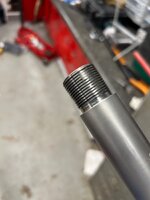After reading all (and understanding most) of that, I'm not going to worry about Tikka prefits.discussion going on right now over at snipershide in a thread started by a guy saying 100 fl/lb tq on prefits is stupid and shouldn't need more than 35.
Also downloaded the Vaughn book for mid-winter reading.



